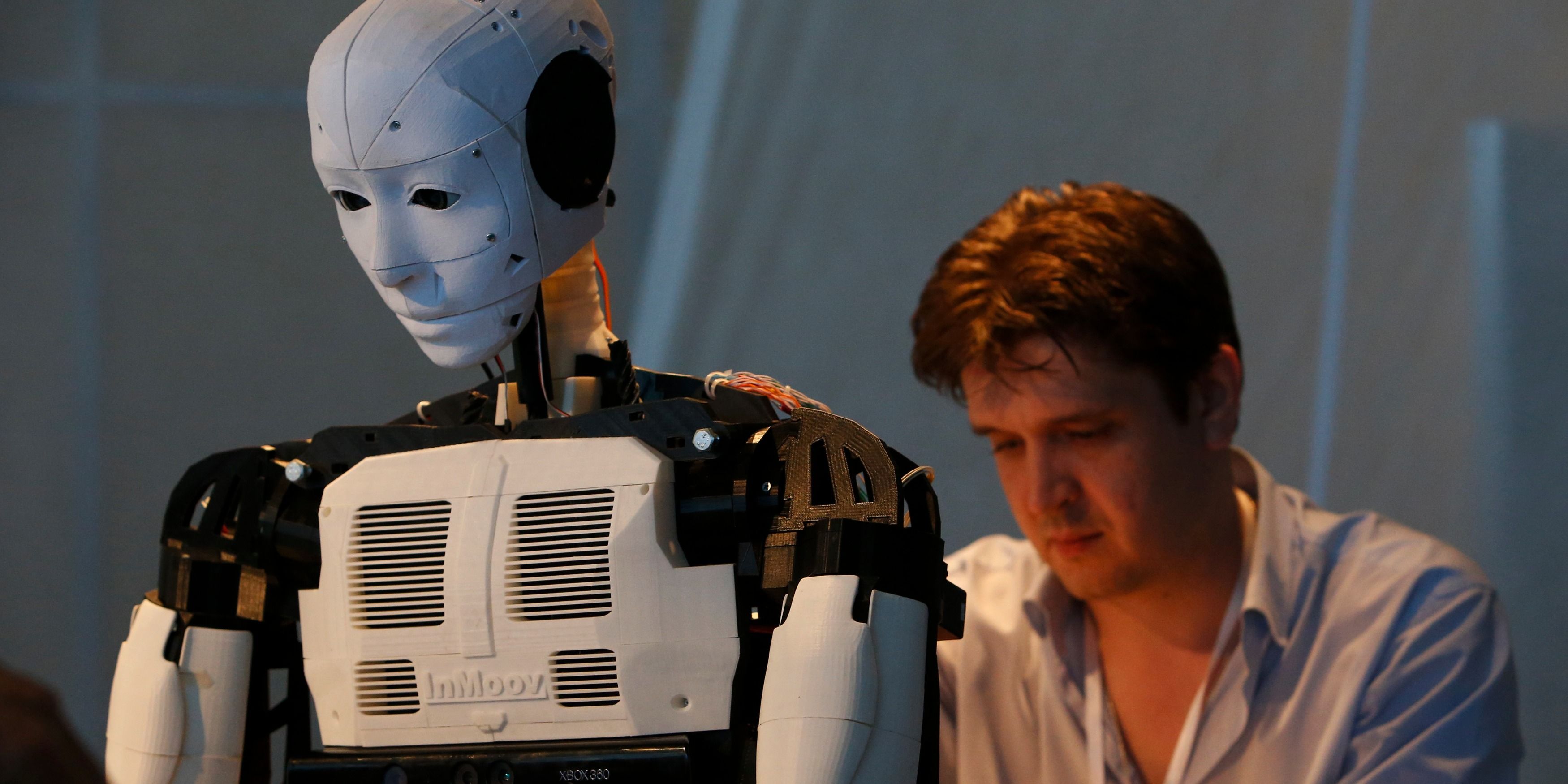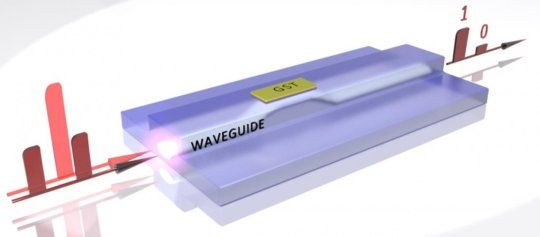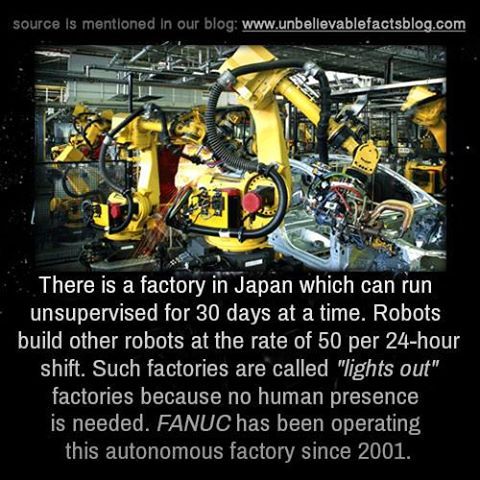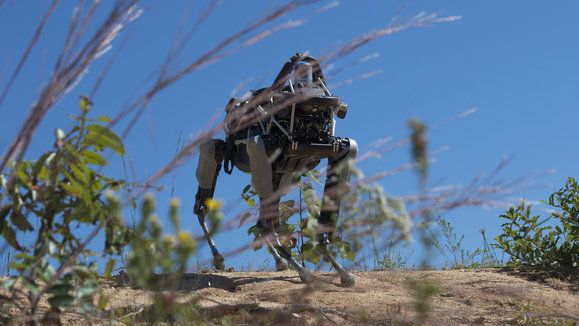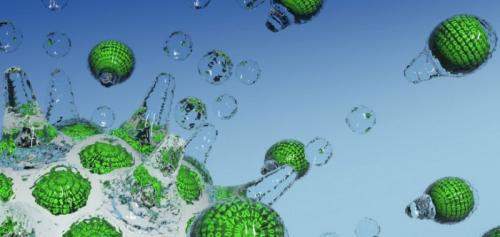Page 11970
Sep 23, 2015
The Emotional Era of Artificial Intelligence
Posted by Dan Faggella in categories: innovation, robotics/AI
Have you hugged or told someone that you love them today? Maybe it wasn’t someone — maybe it was your smartphone that you gave an extra squeeze or gave an extra pat as you slipped it into your pocket. Humans have become increasingly invested in their devices, and a new era of emotional attachment to our devices and other AI seems to be upon us. But how does this work itself out on the other end — will or could AI ever respond to humans in an emotional fashion?
Communication Sparks Emotional Response
AI is broad, and clearly not all AI are meant to give and receive in an emotional capacity. Humans seem prone to respond to features that are similar to its own species, or to those to which it can relate to in some sort of communicative way. Most “emotional” or responsive algorithm-based capabilities have been programmed into robots that are in a humanoid – or at least a mammal-like – form.
Think androids in customer-service, entertainment, or companion-type roles. There are also robots like PARO, the baby harbor seal used for therapeutic interaction with those in assisted living and hospital environments.
In a 2003 paper published through the International Journal of Human-Computer Studies, Cynthia Breazeal quotes a study by Reeves and Nass (1996), whose research shows humans (whether computer experts, lay people, or computer critics) generally treat computers as they might treat other people.
Continue reading “The Emotional Era of Artificial Intelligence” »
Sep 23, 2015
3D printed scaffolds allow for precise release of biomolecules into the human body
Posted by Shailesh Prasad in categories: 3D printing, biotech/medical
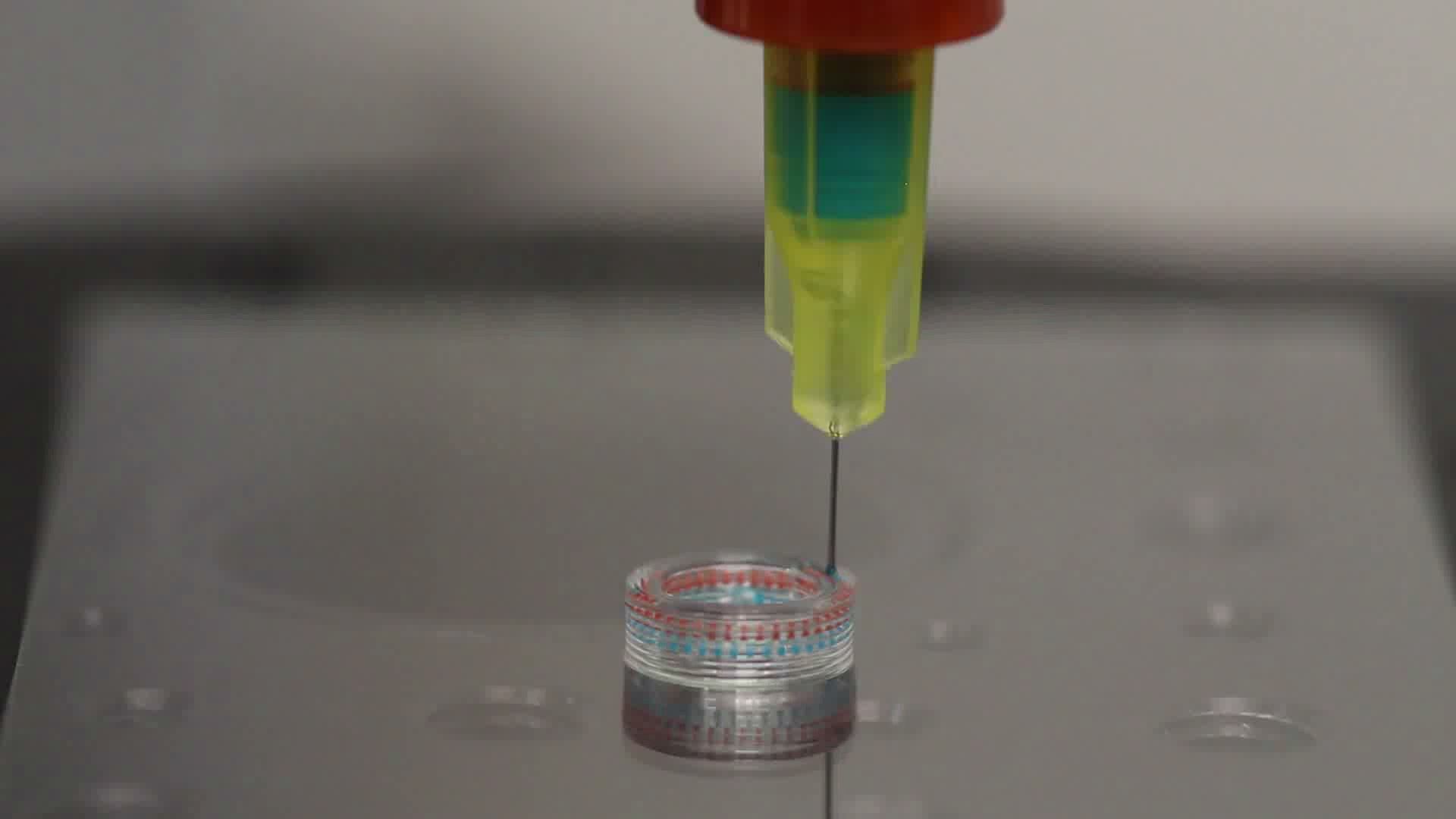
Just days ago it was announced that a 3D printed guide developed by researchers in Minnesota could help facilitate the regrowth of damaged nerves within the human body. In the wake of this exciting breakthrough, is another progressive use for 3D printing within the medical world, as the same researchers have found a way to release biomolecules into the body through a 3D printed scaffold with more precision than ever before.
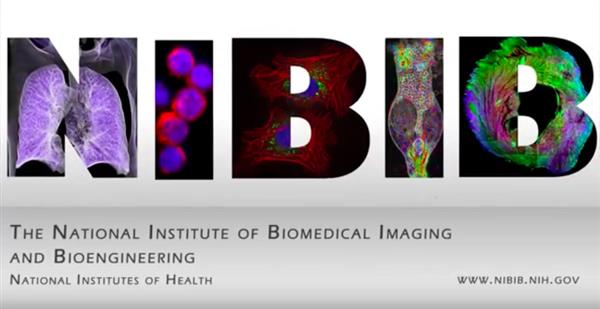
Sep 23, 2015
Permanent data storage with light
Posted by Shailesh Prasad in categories: computing, materials, nanotechnology
The first all-optical permanent on-chip memory has been developed by scientists of Karlsruhe Institute of Technology (KIT) and the universities of Münster, Oxford, and Exeter. This is an important step on the way towards optical computers. Phase change materials that change their optical properties depending on the arrangement of the atoms allow for the storage of several bits in a single cell. The researchers present their development in the journal Nature Photonics (10.1038/nphoton.2015.182).
Light determines the future of information and communication technology: With optical elements, computers can work more rapidly and more efficiently. Optical fibers have long since been used for the transmission of data with light. But on a computer, data are still processed and stored electronically. Electronic exchange of data between processors and the memory limits the speed of modern computers. To overcome this so-called von Neumann bottleneck, it is not sufficient to optically connect memory and processor, as the optical signals have to be converted into electric signals again. Scientists, hence, look for methods to carry out calculations and data storage in a purely optical manner.
Scientists of KIT, the University of Münster, Oxford University, and Exeter University have now developed the first all-optical, non-volatile on-chip memory. “Optical bits can be written at frequencies of up to a gigahertz. This allows for extremely quick data storage by our all-photonic memory,” Professor Wolfram Pernice explains. Pernice headed a working group of the KIT Institute of Nanotechnology (INT) and recently moved to the University of Münster. “The memory is compatible not only with conventional optical fiber data transmission, but also with latest processors,” Professor Harish Bhaskaran of Oxford University adds.

A new high speed camera can capture light in motion and see around corners.
NOVA Facebook: https://www.facebook.com/NOVAonline
NOVA Twitter: https://www.twitter.com/novapbs
PRODUCTION CREDITS
Sep 23, 2015
Scientists shatter distance record for teleporting quantum data
Posted by Shailesh Prasad in categories: computing, encryption, internet, quantum physics
Quantum teleportation, the act of reconstructing quantum data somewhere else, is impressive just by itself. However, scientists at the US’ National Institute of Standards and Technology have managed to one-up that feat. They’ve broken the distance record for quantum teleportation by transferring the information from one photon to another across 63 miles of optical fiber. That may not sound like much, but it’s an achievement just to beam that data in the first place — 99 percent of photons would never make the complete trip. It was only possible thanks to newer detectors that could pick up the faint signal of the lone light particle.
You’d clearly need to send much more information before this teleportation becomes practical, but the achievement does open the door to many possibilities in quantum computing. You could use unbreakable quantum encryption at inter-city distances, for instance. The biggest challenge may simply be to extend the range to the point where quantum data transfers work on the scale of the internet, where there are occasionally thousands of miles between connections.
[Image credit: Getty Images/iStockphoto].
Sep 23, 2015
Marines test Google’s latest military robot
Posted by Aleksandar Vukovic in categories: military, robotics/AI
The latest version of a walking, quadruped battlefield robot from Boston Dynamics, the military robotics maker owned by Google X, was tested by U.S. Marines last week.
Spot weighs about 70kgs, is electrically operated and walks on four hydraulically-actuated legs. It’s controlled via wireless by an operator who can be up to 500 meters away.
It underwent trials and testing at Marine Corps Base Quantico in Virginia as part of evaluations by the Marines on future military uses of robotic technology. In a series of missions, it was evaluated in different terrains including hills, woodlands and urban areas.
Sep 23, 2015
Breakthrough medical discovery: 3D printing might be used to regenerate nerves
Posted by Albert Sanchez in categories: 3D printing, biotech/medical, cybercrime/malcode, mobile phones
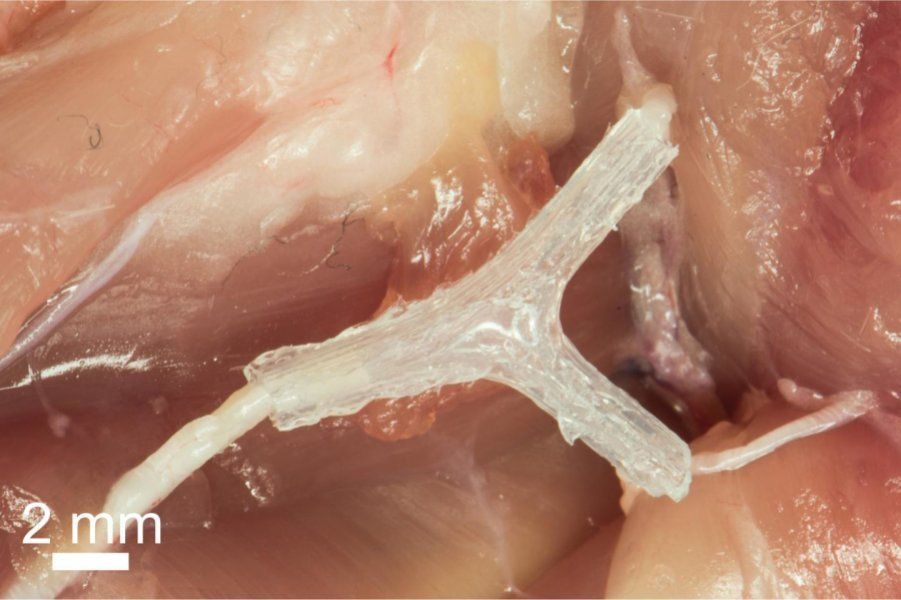
Having significantly damaged nerve tissue is bad for a lot of reasons because it doesn’t regenerate easily and it can lead to various serious medical conditions including paralysis. But many scientists are already studying ways of fixing this issue, and a team of researchers from the University of Minnesota, Virginia Tech, University of Maryland, Princeton University, and Johns Hopkins University has figured out how to use 3D printing for nerve growth.
DON’T MISS: 85 legitimate iPhone apps that were infected with malware in the big App Store hack
Continue reading “Breakthrough medical discovery: 3D printing might be used to regenerate nerves” »
Sep 22, 2015
Calculations with nanoscale smart particles
Posted by Shailesh Prasad in categories: biotech/medical, chemistry, computing, nanotechnology, particle physics
Researchers from the Institute of General Physics of the Russian Academy of Sciences, the Institute of Bioorganic Chemistry of the Russian Academy of Sciences and MIPT have made an important step towards creating medical nanorobots. They discovered a way of enabling nano- and microparticles to produce logical calculations using a variety of biochemical reactions.
Details of their research project are given in the journal Nature Nanotechnology. It is the first experimental publication by an exclusively Russian team in one of the most cited scientific magazines in many years.
The paper draws on the idea of computing using biomolecules. In electronic circuits, for instance, logical connectives use current or voltage (if there is voltage, the result is 1, if there is none, it’s 0). In biochemical systems, the result can a given substance.
